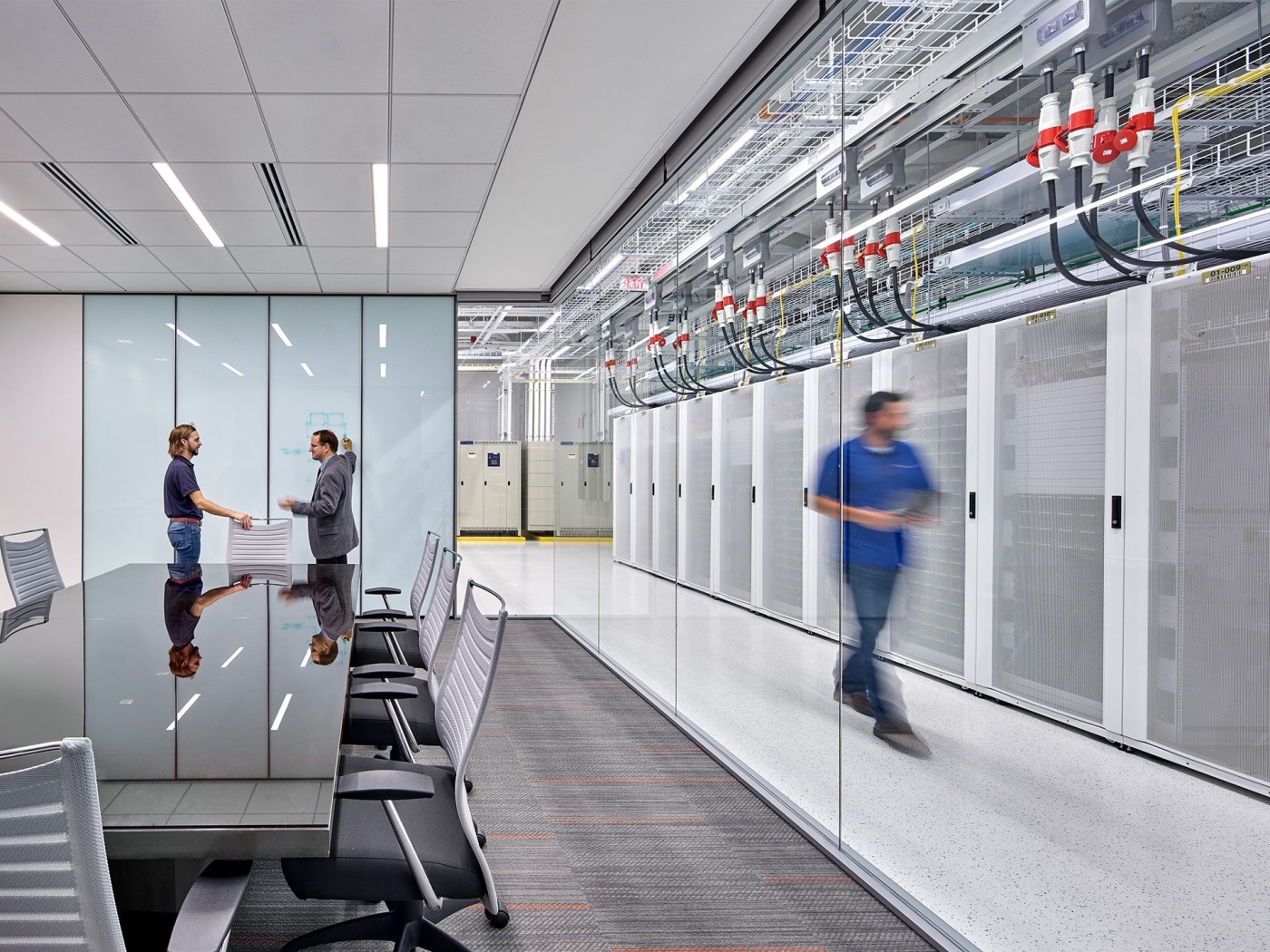

Companies that work across borders often need to comply with multiple regional compliance programs. Using Disaster Recovery as a Service (DRaaS) can make this process much easier. With that in mind, here is a straightforward guide to DRaaS for global businesses.
The global landscape of business operations is marked by increasing interconnectedness, digital transformation, and the rise of sustainability concerns. Multinational corporations expand across borders, leveraging technological innovations to streamline operations and enhance efficiency.
Global supply chains have become more complex, with businesses sourcing materials and services from various regions, making them more vulnerable to disruptions such as pandemics or geopolitical tensions. The rise of emerging markets, especially in Asia and Africa, offers new opportunities, though competition is fierce.
The end result is that modern businesses must navigate a dynamic environment of diverse global markets. They must also recognize that this environment is shaped by technological advancements, shifting consumer preferences, and continuous regulatory developments.
In IT, the term “geographic redundancy” refers to the practice of distributing critical business operations, data, or resources across multiple locations in different geographic regions.
Having ready access to production and/or backup infrastructure in multiple locations mitigates the risks associated with localized disruptions.
Geographic redundancy is commonly applied in data centers, cloud storage, and supply chains. Key data, applications, services, and infrastructure are replicated to ensure minimal downtime and operational impact.
Disaster Recovery as a Service (DRaaS) is essential for global business continuity, ensuring that companies can recover critical data and systems after disruptions.
DRaaS involves cloud-based solutions that replicate data and IT infrastructure across multiple geographic locations. This redundancy allows businesses to recover quickly from disruptions, minimizing downtime and preventing loss of operations.
For global businesses, DRaaS offers scalability and flexibility, supporting complex, multinational environments. By ensuring that critical systems remain operational, DRaaS helps companies maintain service availability, protect customer trust, and comply with regulatory requirements during disruptive events.
Disaster Recovery as a Service (DRaaS) for global disaster recovery provides businesses with a comprehensive solution to protect critical IT assets across the globe.
DRaaS leverages cloud-based technologies to create replicas of systems and data in geographically diverse data centers. In the event of a disaster, businesses can quickly recover operations by switching to backup systems.
This approach ensures minimal downtime, preserves data integrity, and supports seamless recovery across global operations.
Regional data centers play a critical role in Disaster Recovery as a Service (DRaaS) by providing geographically distributed backup infrastructure for businesses.
These centers are strategically located in different regions to ensure redundancy and resilience in case of localized disruptions.
With DRaaS, data and systems are replicated across these regional data centers, enabling businesses to quickly recover operations by switching to an unaffected site.
This multi-site approach reduces downtime, protects data integrity, and ensures that global operations remain uninterrupted.
Here are five of the main benefits of geographic redundancy in DRaaS.
Minimized downtime: By replicating systems and data across multiple locations, businesses can quickly switch to an unaffected site in the event of a local disaster, ensuring minimal disruption.
Improved data integrity: Geographic redundancy ensures that data is continuously backed up in different regions, protecting it from regional threats like natural disasters or hardware failures.
Business continuity: It allows global businesses to maintain operations even during significant regional outages, reducing the impact on customers and revenue.
Compliance and risk management: It helps companies meet regulatory requirements by ensuring data availability and security across different jurisdictions.
Scalability: Geographic redundancy supports growing businesses by allowing them to easily expand their recovery infrastructure across new regions.
Here are just five real-world examples of global DRaaS implementation and the benefits it offers.
Netflix: Uses DRaaS to back up content and streaming services across multiple global data centers, ensuring minimal downtime during server failures.
Volkswagen: Relies on DRaaS to protect critical manufacturing and supply chain systems, with services distributed across different continents to safeguard against regional disasters.
KPMG: Employs DRaaS to protect client data and maintain operational integrity during system outages or cyberattacks, utilizing cloud-based infrastructure for rapid failover.
AstraZeneca: Leverages DRaaS to safeguard pharmaceutical research and patient data across multiple data centers, ensuring compliance with regulations and minimizing disruptions.
Amazon Web Services (AWS): AWS itself utilizes DRaaS to ensure the resilience of its cloud infrastructure. By replicating data across multiple geographically dispersed data centers, AWS can quickly recover from disruptions, maintaining service availability for its global customer base.

Discover the DataBank Difference today:
Hybrid infrastructure solutions with boundless edge reach and a human touch.